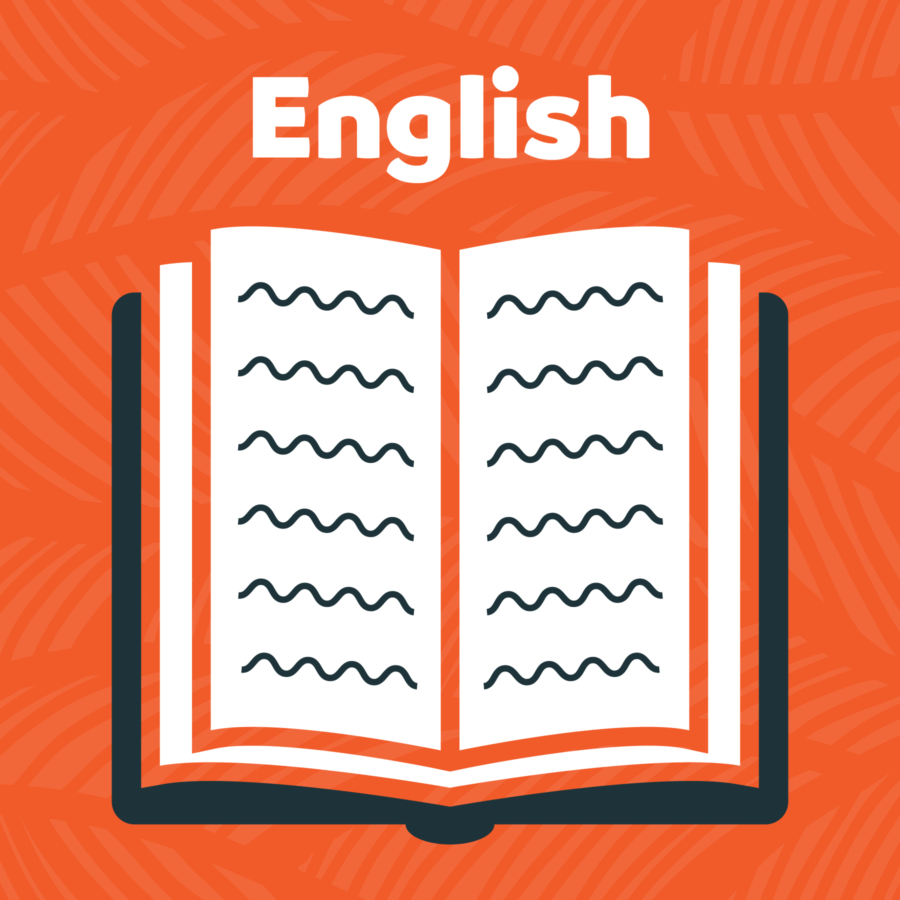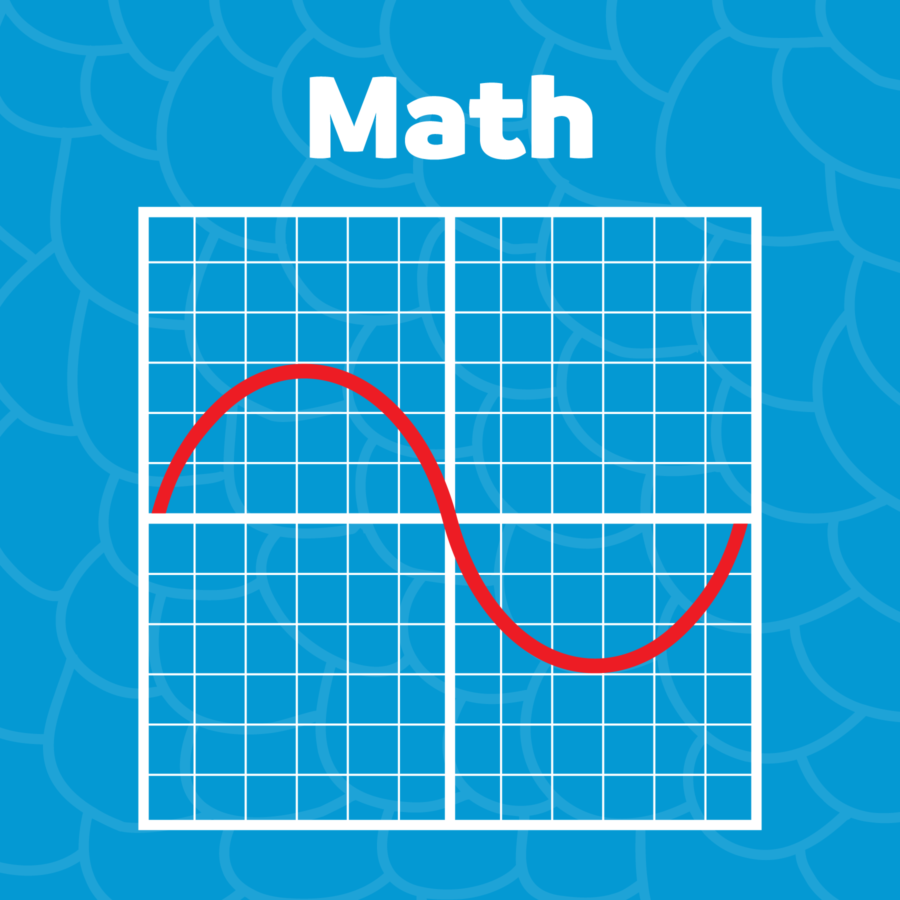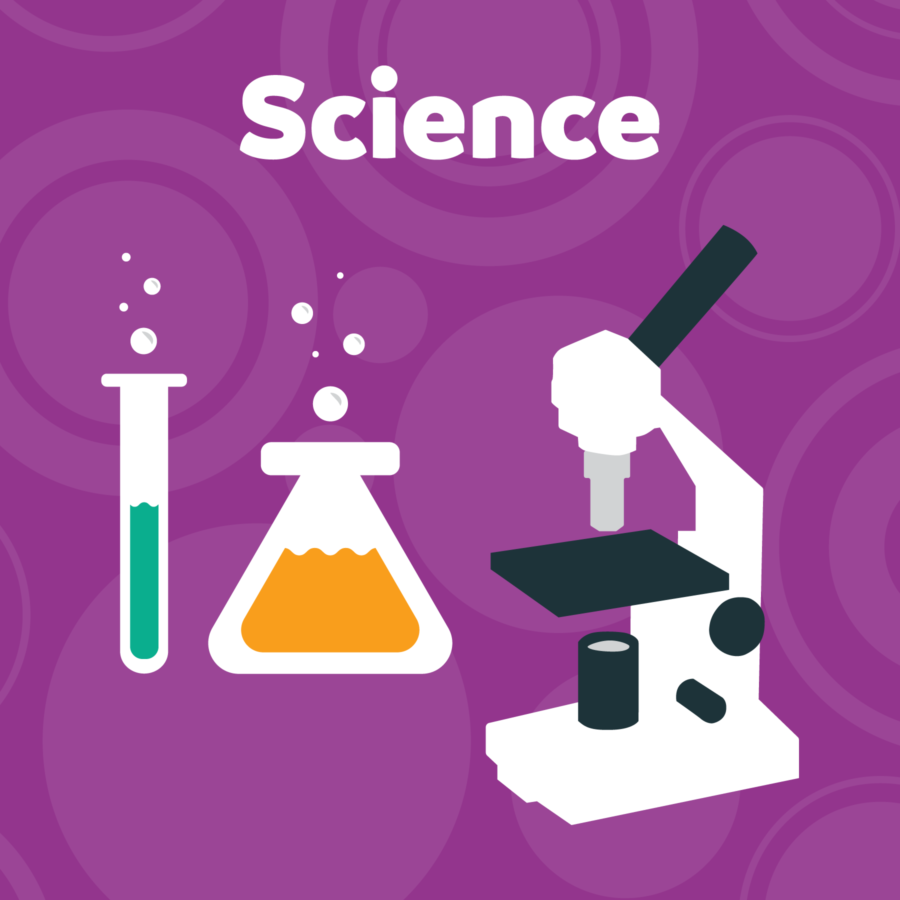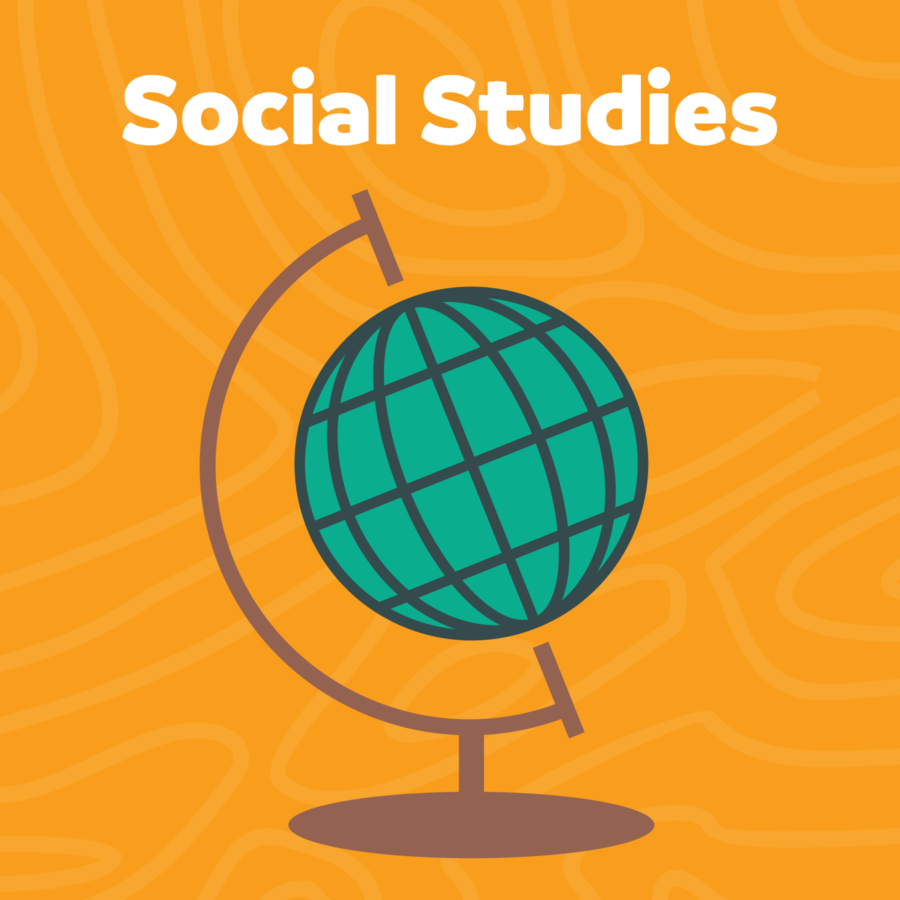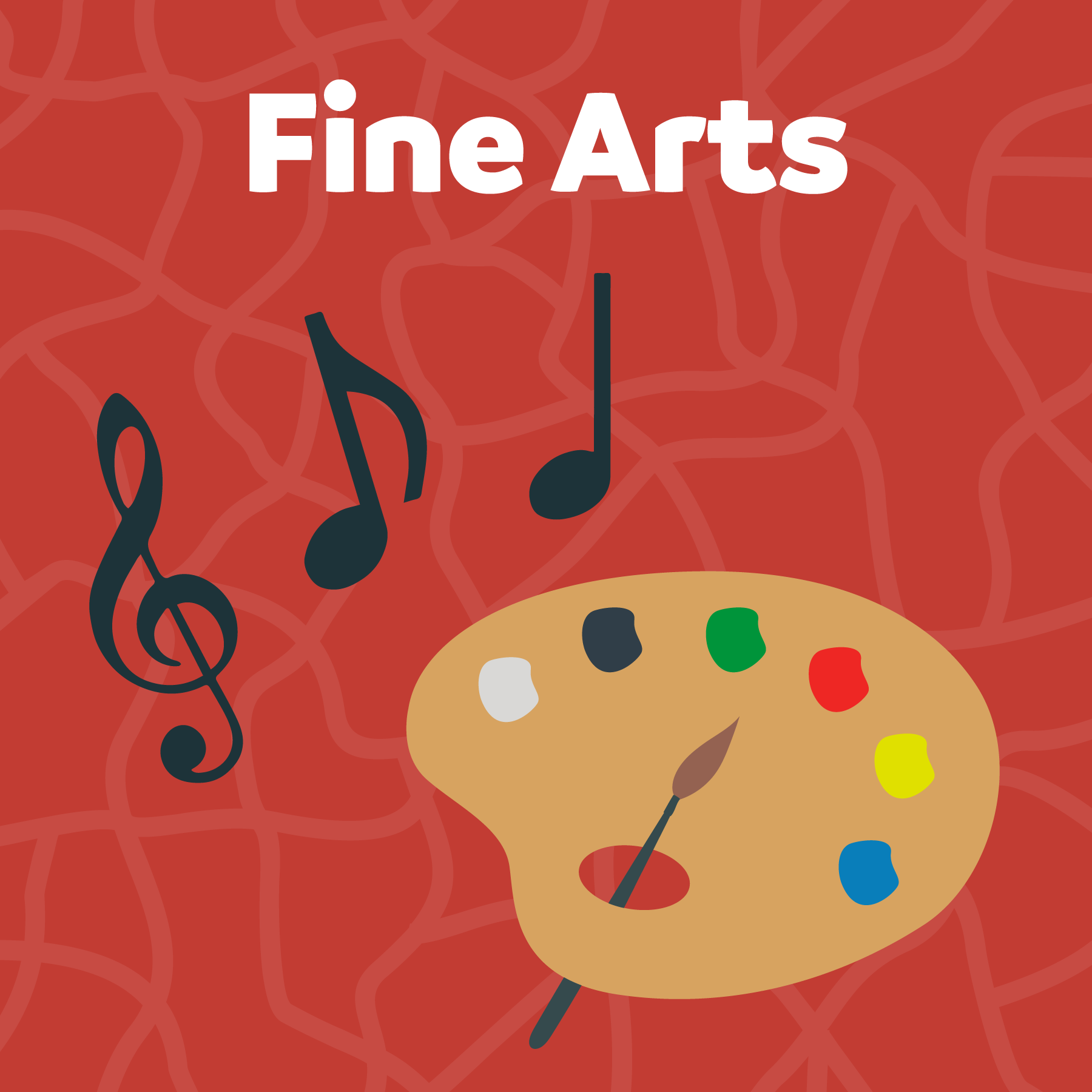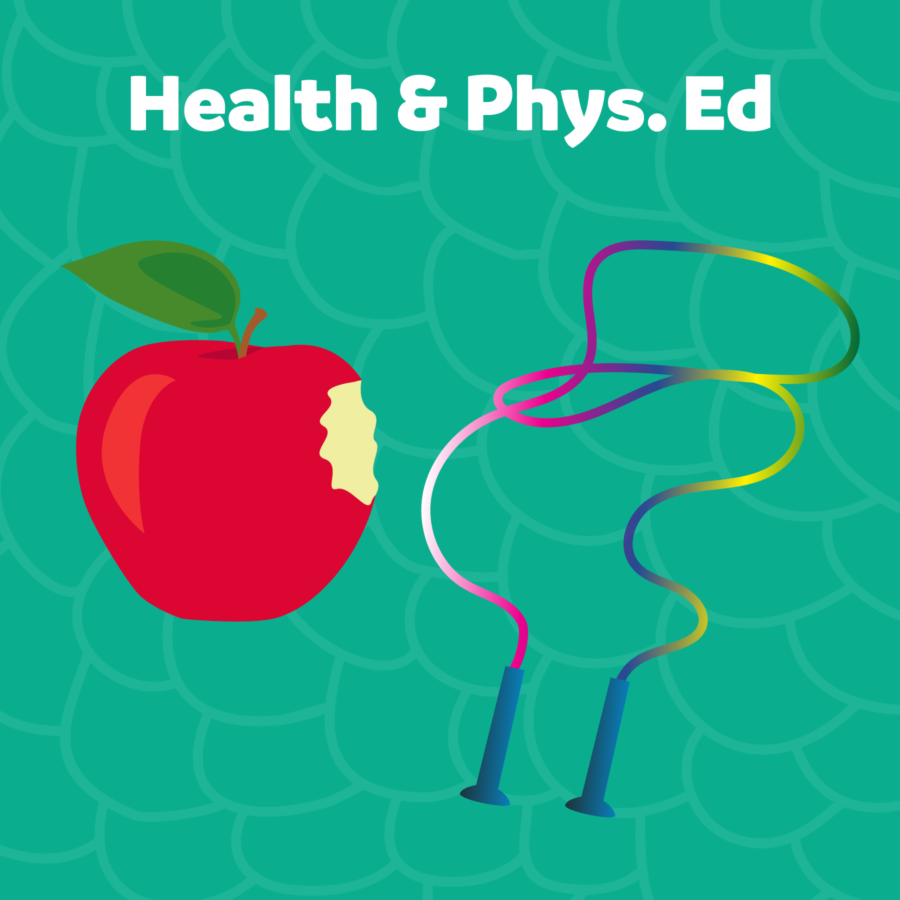The Advanced Study Project (ASP) offers students the chance to engage in an exciting and relevant academic, professional, or hybrid study of their own design while earning credit and preparing for the challenging work of college and beyond. During this single-semester (0.5 credit) project or full-year (1 credit), students have the opportunity to develop a specific area of interest by working with both a local mentor and an Oak Meadow faculty advisor, who guide them through the initial process of shaping and fine-tuning their proposal, developing an outline and planning sheet, all the way to the completion of the final project. As part of the experience, students will be required to present their final project to peers and attend three other student presentations at the Oak Meadow Project Seminar Series (a student run forum at which students share their work).
Students must enroll in Oak Meadow School to take advantage of this opportunity; single course, semester, or full year tuition fee applies. Students may choose to design and complete a full-year study project or two single-semester projects spread throughout their Oak Meadow career. There are three Advanced Study Project options: an academic project, a professional work experience, or a hybrid approach. (Please note: Students may enroll in the Advanced Study Project to earn transferable credit, without enrolling in any other Oak Meadow courses. An application form is required.)
Academic Advance Study: In the Academic Advanced Study Project, students engage in a research-based learning experience that culminates in a final project that can take many forms: a research paper, a portfolio of experiments or essays, multimedia or video presentation. Topics for the project can include any area of interest, broadly categorized into the subjects of science, literature, and history. Examples include alternative fuel sources, bird migration, current foreign policy, peace studies, multicultural literature, graphic novels, the Civil War, etc. Our faculty advisors work with students to clarify interests and create clear guidelines for study and assignments.
Professional Advanced Study: In the Professional Advanced Study Project, students spend a minimum of 4.5 hours per week gaining hands-on experience in an active work environment. Through mentorship of a skilled professional, students gain skill and experience in a range of disciplines: musical or visual arts, crafts and trades such as carpentry and building, weaving, farming, cooking, film production, business and accounting, web design, education, etc. The final project includes a well-maintained weekly journal, documented hours and accomplishments, a mentor review, and a final essay reflecting on the learning experience and future ambitions.
Hybrid Advanced Study: The Hybrid Advanced Study Project allows students to develop projects that combine the benefits of both the academic and professional programs, incorporating onsite, experiential learning with academic research, writing, and presentation. This hybrid option can be used to blend academic, professional, and creative elements, or to incorporate several threads of study and experience.
View ASP application form here >
